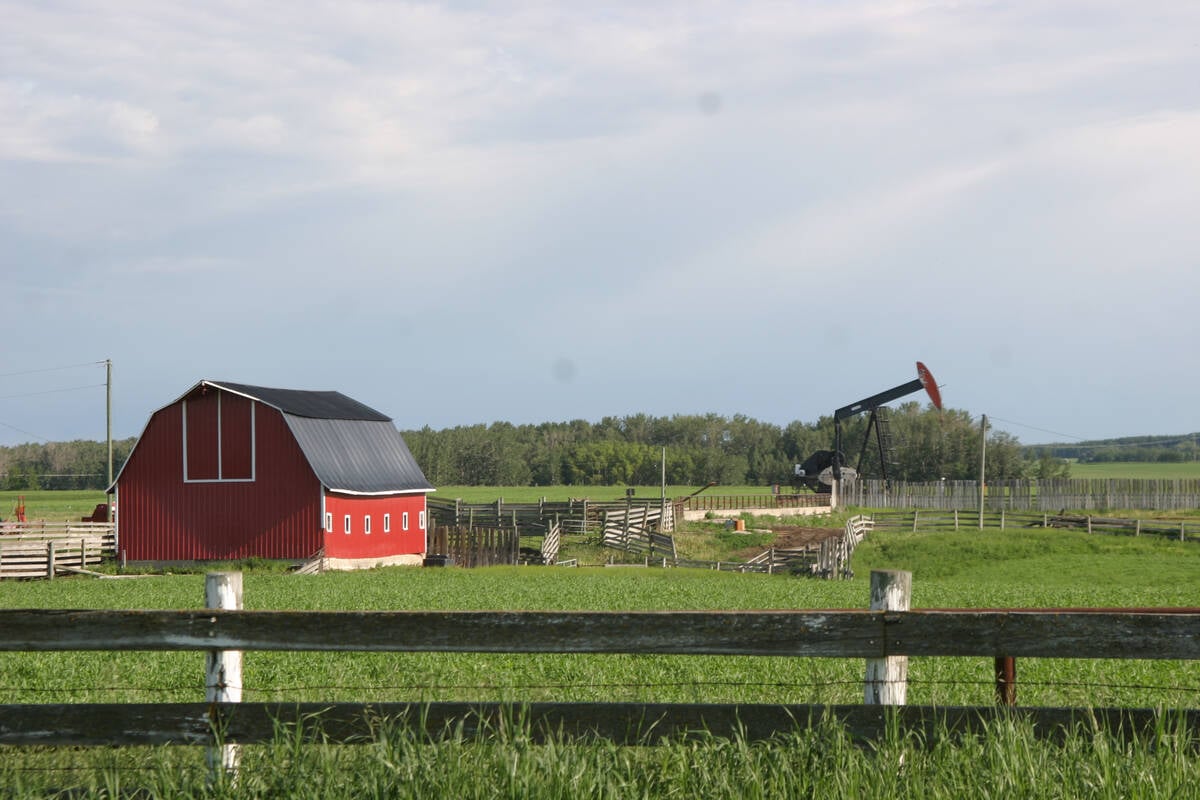This cattle market information is selected from the weekly report from Canfax, a division of the Canadian Cattlemen’s Association. More market information, analysis and statistics are available by becoming a Canfax subscriber by calling 403-275-5110 or at www.canfax.ca.
Fed prices plummet
Alberta direct cattle sales saw moderate to active mid-week trade, but the market incurred one of the largest week-over-week price declines since reporting began. Weighted average steer prices slid more than $19 per hundredweight lower than the previous week to $124.35 per cwt., and heifer prices dropped almost $15 per cwt. lower at $126.93 per cwt. Dressed steer prices plummeted $34 per cwt. lower than the previous week with the bulk of sales reported at $215 per cwt. delivered.
Read Also

Producers may see energy price relief in coming months
Energy prices for Prairie farmers should be steady to lower because the world has an adequate supply of crude oil and Western Canada has a surplus of natural gas.
Despite good beef demand at retail, last week’s temporary halt in slaughter at the High River Cargill plant reduced market competition and is now threatening to backlog market-ready fed supplies.
Western Canadian fed slaughter for the week ending April 11 was not available. Last week’s cash-to-cash basis plummeted to an estimated -$24 per cwt. This substantial basis shift would typically encourage U.S. buying interest, but market-ready cattle are already backed up south of the border. The Ontario fed cattle market tone was sideways last week at $238 per cwt. delivered.
COVID-19 will continue to restrict beef production this week because Cargill is running only one shift per day at best. Other major Alberta beef plants will likely have reduced slaughters and have ample cattle supplies.
Government and industry are working toward a potential aid program to deal with COVID-19 and the anticipated market-ready backlog. The packing sector is also working with government to increase workplace safety and ultimately get more workers back on the kill floor.
Feedlot supplies this week will be modest but increased chain speed is needed to work through supplies.
In the U.S., scattered live trade surfaced April 17 at US$105 per cwt. in most feeding areas, fully steady with the previous week. Light trade April 16 was reported $13 per cwt. lower than the previous week at $155 per cwt. delivered in the north. However, late dressed trade on April 17 saw prices rebound fully steady with the previous week to $168 per cwt.
The U.S. packing sector continues to battle with COVID-19 on the kill floor, and market-ready supplies are increasingly backing up. Stockers and feeders traded unevenly $5 per cwt. on either side of steady last week on reduced demand related to backlogged fed cattle movement.
The U.S. feeder index firmed modestly higher last week to $155.75.
Cow price lowest since 2013
Last week was a tough one for the non-fed market with butcher cow and bull prices C$14-$16 per cwt. lower. D2s averaged $71.64 and D3s averaged $62.80 per cwt. Slaughter bulls averaged $96.50 per cwt.
Butcher cow prices are at the lowest point since December 2013. Both major packers were not active in the cow market last week. Buying interest was noted from speculators, feeder cow buyers and U.S. packers.
Both large Canadian packers have indicated a larger percentage of their slaughter will be allocated to fed cattle. Alberta cow prices could stay at an export basis to the U.S. market until the backlog of fed cattle is cleaned up in Western Canada.
Butcher cows looked another couple dollars weaker late last week. If one is considering selling cows, it might be worth the gamble to keep the cows at home for a couple weeks in hopes major packers return to the market.
Feeders hit new lows
Trading $2-$8 per cwt. lower, Alberta feeders weighing more than 800 pounds established new annual lows. Ontario prices for steers heavier than 800 pounds were trading at an $11-$16 per cwt. premium over the Alberta market.
As a result, eastern Canadian buyers have been showing good interest on heavier feeders from Western Canada. Many grass orders are being filled, and buying interest remains strong.
Given the price volatility that the fed cattle market has experienced so far this year, having some sort of risk management strategy in place for grass cattle might not be a bad idea. Over the past few weeks, Alberta heifers weighing 850-875 lb. for late summer delivery have traded from $164-$170 per cwt. Last year’s cash prices for 800-900 lb. heifers for August-September average in the low $170s per cwt.
This might not be a bad selling opportunity, considering that forward delivery yearling prices are steady to slightly lower compared to last year’s cash price.
Using last week’s 800-900 lb. heifer price low of $146.50 per cwt., the market is pricing in roughly a 12 to 16 percent price rally into the late summer market. Over the past five years the average increase for 850 lb. heifers from their first half of the year low to the second half of the year high stands at 17.5 percent.
Over the past few weeks there have been some commercial auction marts highlighting or advertising seed stock open heifer sales. Demand for breeding females has been fairly strong, and prices seem to be similar to last year. Depending on weight and overall quality, most of the replacement heifers are trading from $1,300-$1,600 per head.
US cut-out rises
In U.S. beef trade, cut-out values rallied sharply higher last week with good demand reported on a generally moderate offering. Choice averaged US$235.97 per cwt., and Select averaged $225.98. Chuck and round primals firmed higher on strong trim and grind demand.
Grilling season demand has been dampened by COVID-19 lockdowns, but middle meat prices are slowly gaining momentum. Reduced chain speed and limited retail supplies will be supportive, and cut-out values this week are expected to strengthen.














